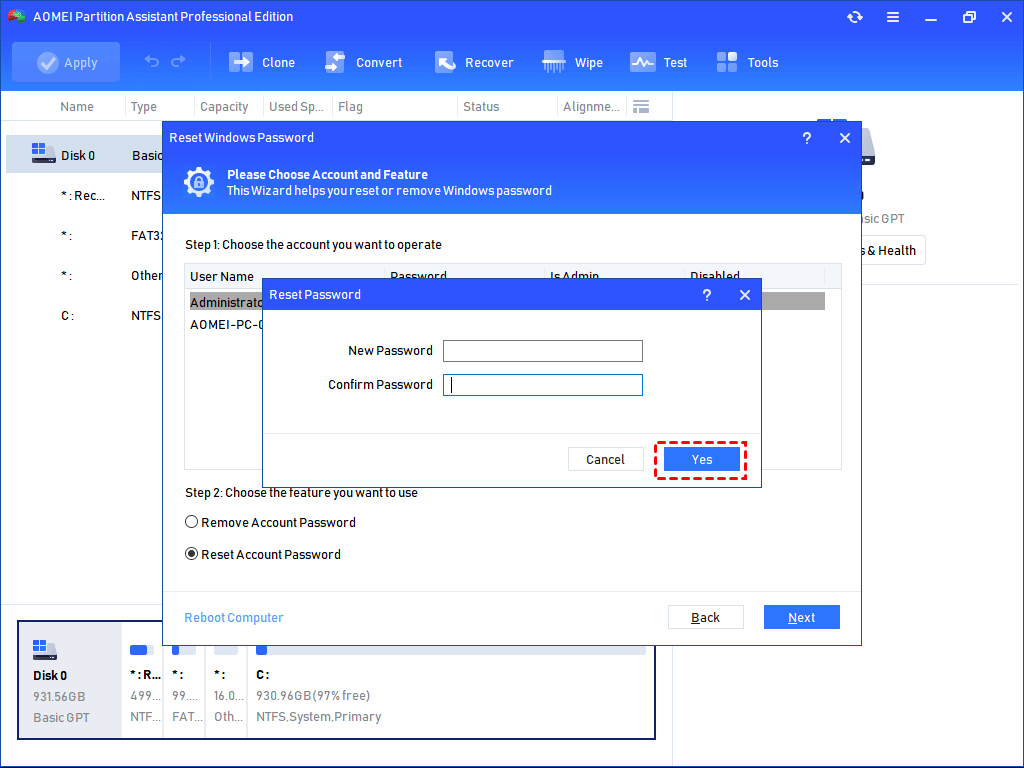

The two drawback of this method is, there's no legacy BIOS boot support and it's pretty impractical to format USB flash drives to FAT32, specially if it's 16 GB or more.

Also thankfully the install.wim file is still under 4 GB, so it can fit inside a FAT32 partition. And all the UEFI boot related files are present inside the Windows 10 ISO file. Why?Īs the USB drive is formatted to FAT32, it also acts as the EFI System Partition, so it can boot in UEFI mode. Though not necessary, I've added the extra Eject step to ensure all the data is properly copied to the USB drive.Īctually this method works perfectly, without help of any third party software. If not, you've to use some other software like WinCDEMu or 7zip. Note: The direct mount feature is available only if you're using Windows 8 and above.

It's the easiest option if you want to boot windows 10 in only UEFI mode.


 0 kommentar(er)
0 kommentar(er)
